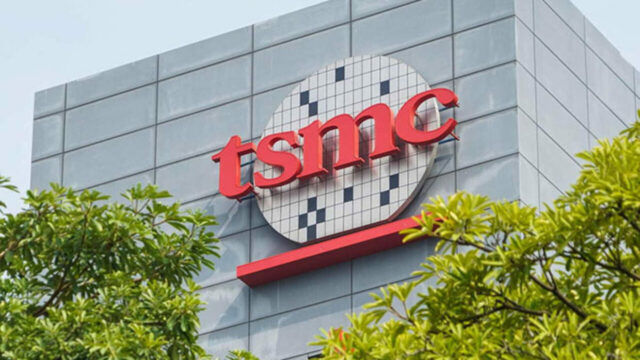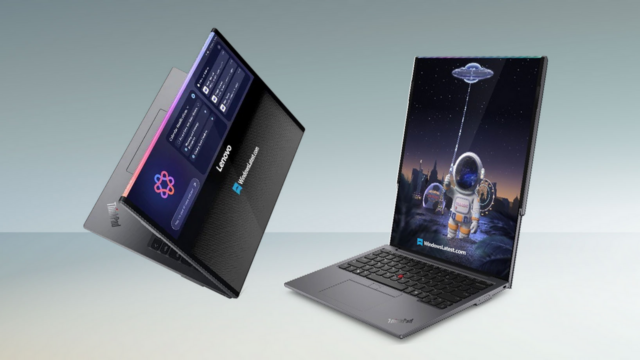The US-China tech rivalry has emerged as one of the defining geopolitical and economic battles of the 21st century. As the two superpowers vie for dominance in cutting-edge technologies like artificial intelligence (AI), semiconductors, and 5G, recent developments—particularly in tariffs—have intensified this competition. This article explores the latest updates in the US-China tech rivalry, focusing on the impact of tariffs on the technology sector, and provides insights into how this ongoing conflict is reshaping global innovation and supply chains.
The Evolution of the US-China Tech Rivalry
The tech rivalry between the United States and China began gaining momentum in the late 2010s, fueled by concerns over intellectual property theft, national security, and economic supremacy. The U.S. has long accused China of unfair trade practices, including forced technology transfers and state-subsidized innovation, while China has countered by accelerating its push for technological self-reliance through initiatives like “Made in China 2025.” Today, this rivalry spans critical industries such as semiconductors, AI, quantum computing, and renewable energy, with both nations investing heavily to secure their positions.
As of April 2025, the stakes have never been higher. The U.S. maintains a lead in strategic technologies like AI and advanced chip design, bolstered by export controls and domestic innovation policies such as the CHIPS Act. Meanwhile, China excels in manufacturing scale and dominates sectors like electric vehicles (EVs), solar panels, and battery production. This complex dynamic sets the stage for the latest escalation: tariffs.
Recent Developments: Tariffs Take Center Stage

In early 2025, the U.S. under the Trump administration rolled out a new wave of tariffs targeting Chinese imports. On April 2, dubbed “Liberation Day” by President Trump, the U.S. imposed a 34% tariff on Chinese goods, building on earlier duties that now bring the average tariff rate on Chinese imports to a staggering 76%. This move was part of a broader strategy to reduce U.S. reliance on Chinese manufacturing and bolster domestic production.
China responded swiftly. On April 4, Beijing announced retaliatory tariffs of 34% on U.S. imports, alongside additional measures such as export controls on rare earth minerals—critical components for advanced technologies like semiconductors, EVs, and defense systems. These tit-for-tat actions mark a significant escalation in the trade war, with profound implications for the global technology sector.
Key Tariff Developments in 2025
- U.S. Tariffs on China: The 34% tariff, effective April 9, 2025, targets a wide range of goods, including tech hardware and components. Combined with prior tariffs, this increases costs for U.S. companies reliant on Chinese supply chains.
- China’s Retaliation: China’s matching 34% tariff on U.S. imports, coupled with rare earth export restrictions, threatens to disrupt the supply of materials essential for tech manufacturing.
- De Minimis Exemption Scrapped: The U.S. eliminated a trade loophole allowing duty-free imports of packages under $800 from China, impacting e-commerce giants like Amazon, Shein, and Temu.
Impact on the Technology Sector
The latest tariffs have sent shockwaves through the technology sector, affecting everything from hardware production to innovation timelines. Below, we break down the key impacts:
1. Rising Costs for Tech Hardware
The U.S. tech industry, which relies on China for approximately 26% of its supply chain (according to some estimates), faces immediate cost pressures. Semiconductors, networking equipment, and consumer electronics like laptops and smartphones are seeing price hikes as tariffs drive up import costs. Analysts predict a potential 50% spike in hardware costs, with companies like Apple and Nvidia forced to either absorb losses or pass them on to consumers.
2. Supply Chain Disruptions
China’s export controls on rare earth minerals—vital for chips, batteries, and AI infrastructure—threaten to create bottlenecks. The U.S. imports a significant portion of these materials from China, and alternative sources like Vietnam or Mexico cannot scale up overnight. This disruption could delay production timelines for tech giants and startups alike, setting back innovation by months or even years.
3. Shift Toward Domestic Manufacturing
The tariffs align with the U.S. goal of reducing dependence on China. Prompting companies to diversify supply chains or relocate production. Nvidia, for instance, has announced plans to shift some chip production to the U.S. Intel, TSMC, and Samsung continue expanding U.S.-based semiconductor fabs under the CHIPS Act. However, building domestic capacity takes 4-5 years, leaving a short-term gap that could hurt competitiveness.
4. Innovation and Earnings Pressure
Analysts forecast a 15% drop in tech earnings due to higher costs and disrupted supply chains. Some experts even warn that the industry could be set back a decade if tariffs persist without a clear resolution. While U.S. software and AI innovation remain strong, hardware-dependent firms face a tougher road ahead.
5. Global Ripple Effects
The tech rivalry’s fallout extends beyond the U.S. and China. Emerging manufacturing hubs like Vietnam and India are poised to benefit as companies seek tariff-free alternatives, but their capacity remains limited. Meanwhile, European tech firms, with significant exposure to Chinese markets, could see reduced demand, further complicating the global tech landscape.
The Long-Term Outlook
The US-China tech rivalry, now intensified by tariffs, is reshaping the global technology sector in unpredictable ways. For the U.S., the push for technological sovereignty comes at a steep short-term cost. But it but could yield a more resilient industry in the long run. China, despite economic challenges, continues to advance its self-reliance, leveraging its manufacturing prowess to maintain a competitive edge.
For businesses and investors, adaptability is key. Companies that diversify supply chains, invest in domestic production, or pivot to software-driven solutions may weather the storm better than hardware-reliant firms. Consumers, meanwhile, should brace for higher prices on everything from smartphones to EVs as the tariff war unfolds.
The US-China tech rivalry is no longer just a race for innovation—it’s a high-stakes economic and strategic showdown. The recent tariffs, effective as of April 2025, underscore the deepening divide between these two powers. Also their profound impact on the technology sector. As costs rise, supply chains shift, and innovation timelines stretch. The world watches to see which nation will emerge as the ultimate tech leader—and at what cost.














